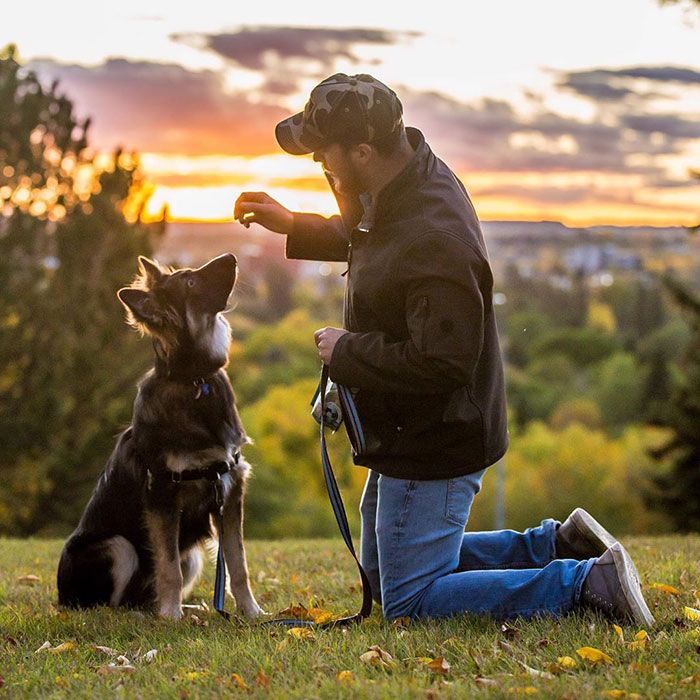For dog owners in Los Angeles, selecting the ideal training facility is a pivotal decision that can significantly impact their dog’s behavior, well-being, and the strength of their bond. With a wide array of options available, from large academies to specialized private trainers, navigating the choices requires careful consideration. This guide provides expert tips to help you identify and choose a Dog training Los Angeles that is the perfect fit for your canine companion and your family’s needs.
1. Define Your Training Goals and Your Dog’s Specific Needs
Before you begin your search, clearly articulate what you hope to achieve through training. This initial step is crucial for narrowing down your options.
- Behavioral Issues: Are you addressing specific challenges like aggression, separation anxiety, excessive barking, or reactivity on walks? These often require specialized expertise.
- Obedience Levels: Do you need basic obedience (sit, stay, come), advanced off-leash reliability, or preparation for canine sports or therapy work?
- Dog’s Temperament: Consider your dog’s personality. Is your dog shy, highly energetic, easily distracted, or sensitive? A good facility will tailor its approach to individual temperaments.
- Your Lifestyle: How much time can you realistically commit to homework and practice? This will influence whether group classes, private lessons, or a board-and-train program is the most practical option.
2. Research Training Philosophies and Methods
Dog training methodologies vary, and it’s essential to choose a facility whose philosophy aligns with your values.
- Positive Reinforcement: Widely recommended for its humane and effective outcomes, this approach focuses on rewarding desired behaviors. Many top LA facilities, like spcaLA and Elevated Canine Academy, emphasize this.
- Balanced Training: This approach may incorporate both positive reinforcement and mild, humane corrections. If considering this, ensure the corrections are gentle, fair, and used by experienced trainers.
- Avoid Aversive Methods: Steer clear of facilities that rely on harsh punishments, fear, intimidation, or tools like shock collars. These methods can damage your dog’s trust, suppress behaviors without addressing the root cause, and potentially lead to fear or aggression.
3. Evaluate Trainer Qualifications and Experience
The expertise of the trainers at the facility is paramount.
- Certifications: Look for trainers with reputable certifications such as CPDT-KA (Certified Professional Dog Trainer – Knowledge Assessed), CBCC-KA (Certified Canine Behavior Consultant – Knowledge Assessed), or those from recognized organizations like the Karen Pryor Academy. These indicate a commitment to professional standards.
- Experience with Your Dog’s Issues: If your dog has a specific or severe behavioral problem, ensure the facility and its trainers have a proven track record of successfully addressing similar cases. Don’t hesitate to ask for case studies or client testimonials related to those issues.
- Specialization: Some facilities or trainers specialize in areas like puppy development, service dog training, or specific behavior modification (e.g., aggression, reactivity). Choose a specialist if your needs are highly specific.
4. Consider Program Structures and Flexibility
Different facilities offer various program formats.
- Group Classes: Affordable for basic obedience and socialization. Look for small class sizes for more individual attention (e.g., spcaLA).
- Private Lessons: Ideal for personalized attention, addressing specific issues, or for dogs who are not comfortable in group settings.
- Board & Train Programs: Offer intensive, immersive training where dogs live at the facility. This can be highly effective for significant behavioral changes but is generally the most expensive option (e.g., Fun Paw Care, Elevated Canine Academy).
- Day Training: A hybrid option where your dog attends the facility for training during the day and returns home in the evening.
- Online/Virtual Training: A flexible and often more affordable option for certain issues, especially those that occur primarily at home.
5. Assess the Facility Environment and Safety
Visit the facility in person if possible, or request a virtual tour.
- Cleanliness and Safety: Ensure the environment is clean, well-maintained, and safe for all dogs.
- Supervision: Observe how dogs interact and how staff supervise them, especially in group settings.
- Equipment: Inquire about the type of equipment used and how it’s maintained.
6. Check Reviews and Seek Referrals
Online reviews and personal recommendations provide valuable insights.
- Online Platforms: Check Google Reviews, Yelp, and specialized dog training directories. Look for consistent themes in feedback.
- Ask for References: Reputable facilities should be willing to provide references from past clients.
- Initial Consultation: Many top facilities offer a free or low-cost initial assessment. This is your chance to meet the trainers, discuss your goals, and get a feel for their approach before committing.
Conclusion
Choosing the right dog training facility in Los Angeles is a significant step towards a well-behaved dog and a happier household. By clearly defining your goals, researching training philosophies, prioritizing qualified trainers, evaluating program structures, and assessing the facility environment, you can make an informed decision that leads to effective, lasting results and strengthens the incredible bond you share with your canine companion.







